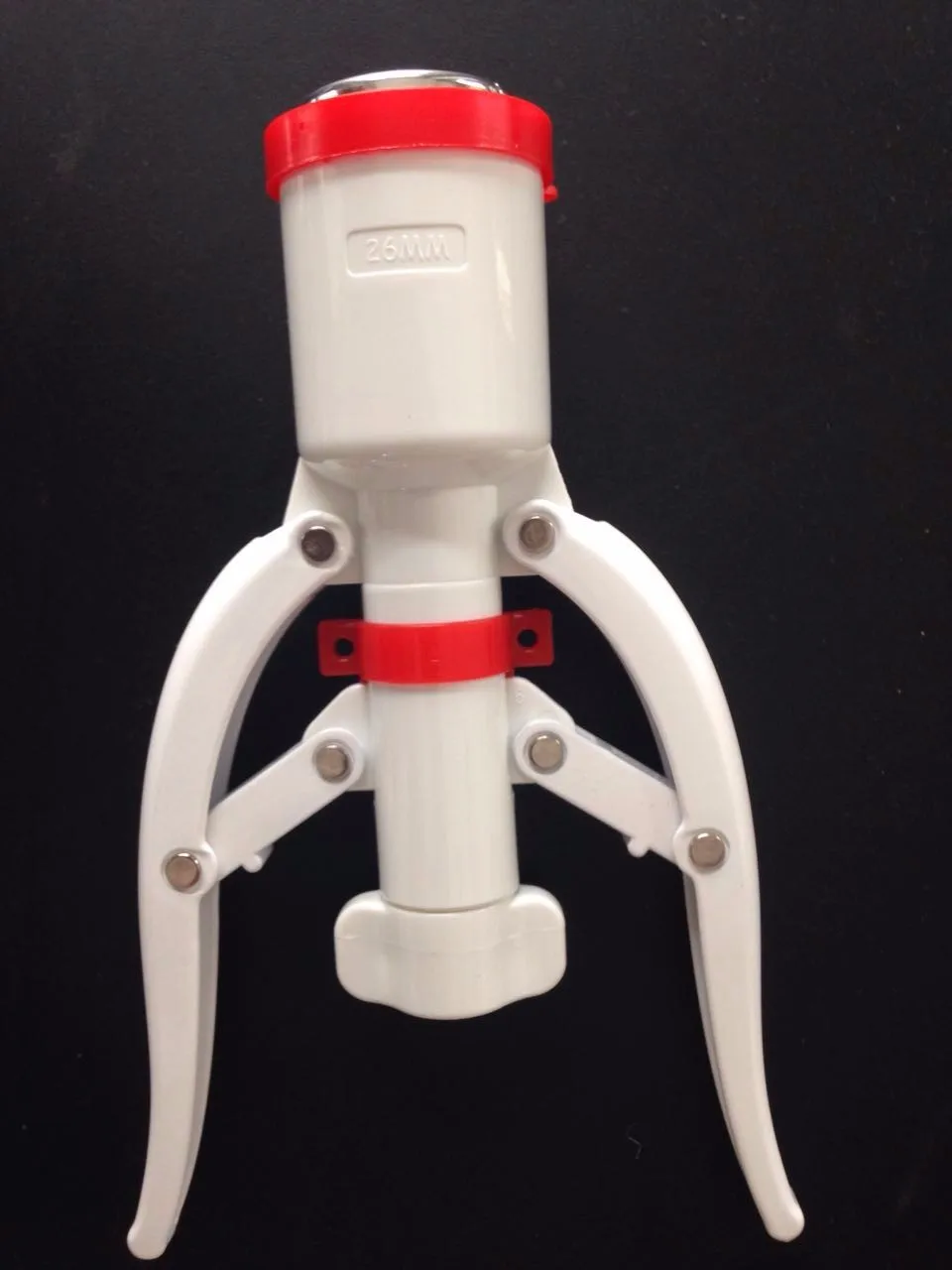

- #Stm32x device protected how to#
- #Stm32x device protected install#
- #Stm32x device protected download#
Time to start working on compiling GnuK (not an easy task).įirst thing to do is install some deps (probably bison and m4 are not required, but as those are considered part of the gnu toolchain I installed them) and clone the git repository with the source code: $ sudo apt-get -force-yes -f install make gcc binutils-arm-none-eabi binutils bison m4 gdb gdb-arm-none-eabi autotools-dev autoconf automake libtool gcc-arm-none-eabi That looks really good, so to compile and install just use the classical:, the consequent steps are usual: $ makeĪnd then to confirm it was installed correctly: $ openocd -v Raisonance RLink JTAG Programmer yes (auto) Versaloon-Link JTAG Programmer yes (auto) MPSSE mode of FTDI based devices yes (auto)ĮStick/opendous JTAG Programmer yes (auto)

Once the configuration was completed the following summary is printed to the screen confirming all the adapters that were configured: OpenOCD configuration summary Īfter the decompression of the file, I executed the configure script with the following parameters to enable the compatibility not only for the ST-LINK/V2 clone interface but also for the Altera JTAG and the Bus pirate as those are the inferfaces I have at this moment: $.
#Stm32x device protected download#
The second step was to download and correctly compile OpenOCD, so first I downloaded the latest available version at that time that was 0.8.0 from. I created then a file called le with that content.īefore continuing with the second step (that is downloading OpenOCD) I downloaded and installed all the dependencies for this using the apt-get command (As there is an openocd package available on the repository, but I prefered to build it myself): $ apt-get build-dep openocd So let's start with this, the first thing I did was installing the ST-LINK/V2 the right way, and for that it required me to add the following rule to the rules file in /etc/udev/rules.d: ACTION="add", SUBSYSTEM="usb", ATTR="3748", GROUP="tape", MODE="664", SYMLINK+="stlink"
#Stm32x device protected how to#
not that far as I was reading several posts for more than a week about how to use it specifically to flash the FST-01, and I found no clear articles about that, so I will try to summarize how I did it myself. I thought that with the ST-LINK/v2 the story was going to be different but.

After reading its documentation online just found that with the binary that was wrote on my FST-01 it was not possible to delete the certificates, and after trying different things I have also managed to get it locked, so I bought a ST-LINK/V2 clone interface to flash the FST-01 again and start from scratch (I have a bus pirate also, but I was looking around for 1 month on how to flash using SWD with it and I found one or two posts about that but I that but just decided to move forward through this path instead). It has been two months since I bought the FST-01 to store my GPG private keys, basically to test it, and also because I like the idea of storing the private keys in a separate device (I had some experience implementing smartcards for dual factor authentication, but never before with GPG certificates, so it is good to start testing how it works).īasically what happened is that as soon as I had it on my hands the first thing I did was writing some test certificates into it, and the tests were successful, till I tried to delete them to write the real certificates.


 0 kommentar(er)
0 kommentar(er)
